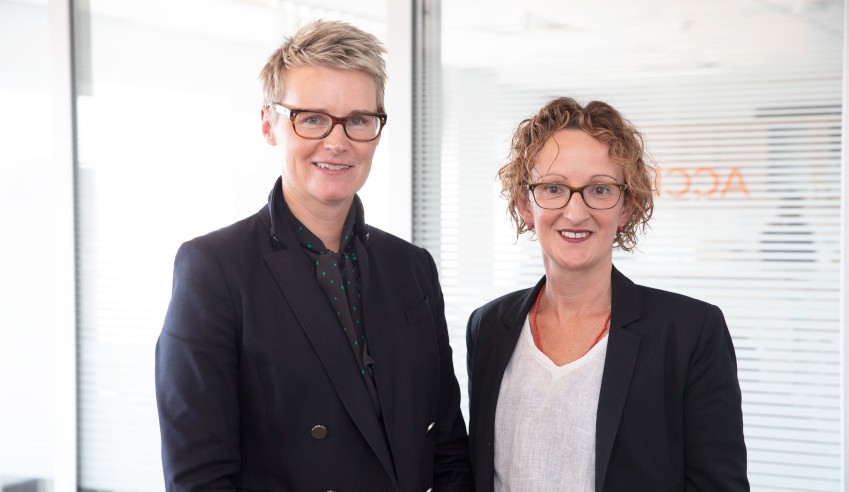New research shows that company-mandated policies to improve gender diversity in the workplace are ineffective unless they form part of a broader strategy.

In a poll of over 400 Australians conducted over the first two months of 2020, global recruitment firm Hays found that only 16 per cent of people believe that company-mandated policies alone lead to real gender diversity progress.
Twenty-eight per cent of those surveyed instead said that individual actions, such as challenging stereotypes or calling out bias, are more effective.
What is ultimately needed, however, is a combination of the two: the majority of those surveyed – 56 per cent – said it takes both for genuine gender diversity progress to be made.
What firms need to do
“It’s like trying to complete a jigsaw puzzle with half the pieces missing,” said Hays managing director Nick Deligiannis said in response to the findings.
“To make real gender diversity progress, you need every piece of the puzzle put in its correct place. For instance, you need to start with an organisational culture that supports and celebrates diversity and inclusion and where people feel they can call out bias and challenge stereotypes without fear of retribution,” he said.
Rather than looking the other way, people need to know they can safely speak up when they see unconscious bias in the workplace, Mr Deligiannis continued.
“Added to this, you need leaders who understand and champion the business benefits of diversity and inclusion and celebrate any diversity and inclusion successes,” he argued.
“Leadership training should address any lack of diversity in a particular area and equal opportunities for progression for all must be available. You need diverse role models within the organisation so women – and employees from all under-represented groups – see that leadership positions and career advancement [are] accessible.”
When businesses recruit, they must “source talent from the widest pool” and aim to mitigate bias throughout the talent selection process and diversify their interview panels, Mr Deligiannis posited.
“Organisations can also consider the use of short list or workforce targets to ensure that hiring managers consider a diverse short list of candidates for each job vacancy,” he said.
“While the use of targets is divisive and can be viewed as a tokenistic measure, so long as they are supported by a foundation of diversity and inclusion values, and are measured and tracked effectively, they can [help deliver] sustainable change.”
Examples of law firms striving for gender diversity
Swaab managing partner Mary Digiglio (pictured, right) said law firm success is built on culture, and that her firm does not employ quotas to achieve equality.
“Our firm has a history of gender diversity, having being led by females. The female leaders have influenced our firm’s long history of promoting flexibility, diversity and an inclusive culture. Presently, 54 per cent of our partners are female. Our managing partner of the last six years is a female and our CEO of about 20 years before that was also a female,” she outlined.
“We do not have policies around quotas for gender and diversity in our firm. We have never needed them because living and breathing diversity is just how we have always existed. We do not have a gender pay gap in our firm, for which we are very proud.
“Having a workforce which is diverse in gender, age, ethnicity, religion and political persuasion facilitates permission for every individual in our firm to have a voice about all sorts of issues. Our position on diversity and inclusion is a natural extension of our firm’s focus on the wellbeing of every person associated with our firm.”
Melinda Upton (pictured, left), who is the global co-chair (intellectual property and technology) at DLA Piper, as well as a former co-managing partner of the firm’s Australian arm, said that ensuring workers have the psychological safety to be themselves and be open about their needs has to be of utmost importance.
“We see this as being essential to enabling our people to thrive and successfully progress their careers. It is also key to ensuring that we, as an organisation, are progressing towards our gender balance goals – because without the ability to speak out about their needs, share their stories, and challenge the status quo, our people will never be able to take full advantage of our policies, or manage their work and home lives in a sustainable and healthy way,” she explained.

Jerome Doraisamy is the managing editor of professional services (including Lawyers Weekly, HR Leader, Accountants Daily, and Accounting Times). He is also the author of The Wellness Doctrines book series, an admitted solicitor in New South Wales, and a board director of the Minds Count Foundation.
You can email Jerome at: